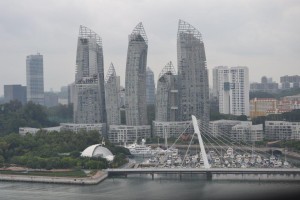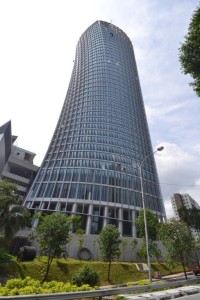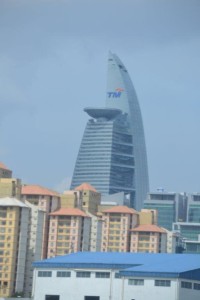Bending Beauties
Ugly low buildings to a degree can merge with their surroundings, but ugly tall ones have nowhere to hide.
Some years ago, when I was staying with an architect friend in Glasgow, I was invited to a planning meeting with the developer, his consultants, and the council to discuss a high rise proposal in that city. The Glasgow District Plan has no height limits because it wants to control the design and appearance of buildings by means other than the blunt instrument of maximum height. The purpose of the meeting was to find a balance between the interests of the good representatives of Glasgow and the desires of the property developer.
Like a lot of other enlightened city authorities, the Glasgow Council are not afraid of the absolute height of a building if it is going to be a worthy addition to the skyline. They embrace iconic.
This project was curved in elevation, not unlike the ‘Gherkin’ in London. Additionally, the floors were slightly twisted as they rose, like Calatrava’s housing tower in Malmo.
Naturally the quantity surveyor was unhappy with each floor being of a different shape, but the planners would not approve a repetitive floor design. The developer’s choice was thus either 40 floors of curves or 10 floors of straight lines. Like Scarlett Johansson, the curves won.
This brings me all the way back to Wellington. High rise architecture in our city tends to follow the ‘extruded toothpaste’ form, in which the same floor plan is stacked up to the maximum permitted height. Ruthlessly vertical straight edges crudely scrape the sky. A funny top may sometimes be installed in a belated effort to relieve the tedium of the repetitive floors underneath.
Back abroad again, last month I visited Singapore and Malaysia. These emerging architectural hotbeds are now enthusiastically embracing wavy shaped high rises.

It is ironic that cities such as Singapore and Kuala Lumpur should be promoting high rise forms bending and twisting in their relatively windless climates, whereas in Wellington we deny our climatic reality and poke stiff rectangles upwards into our windy weather.

Also curvy, bendy and twisty high buildings look ‘pre-earthquake damaged’, another reason to promote unsymmetrical expression.

Fortunately there are signs of an evolving enlightened amongst our planners which may lead them to follow their Glaswegian colleagues and permit higher buildings on the basis that their shape is more important than their actual height.
